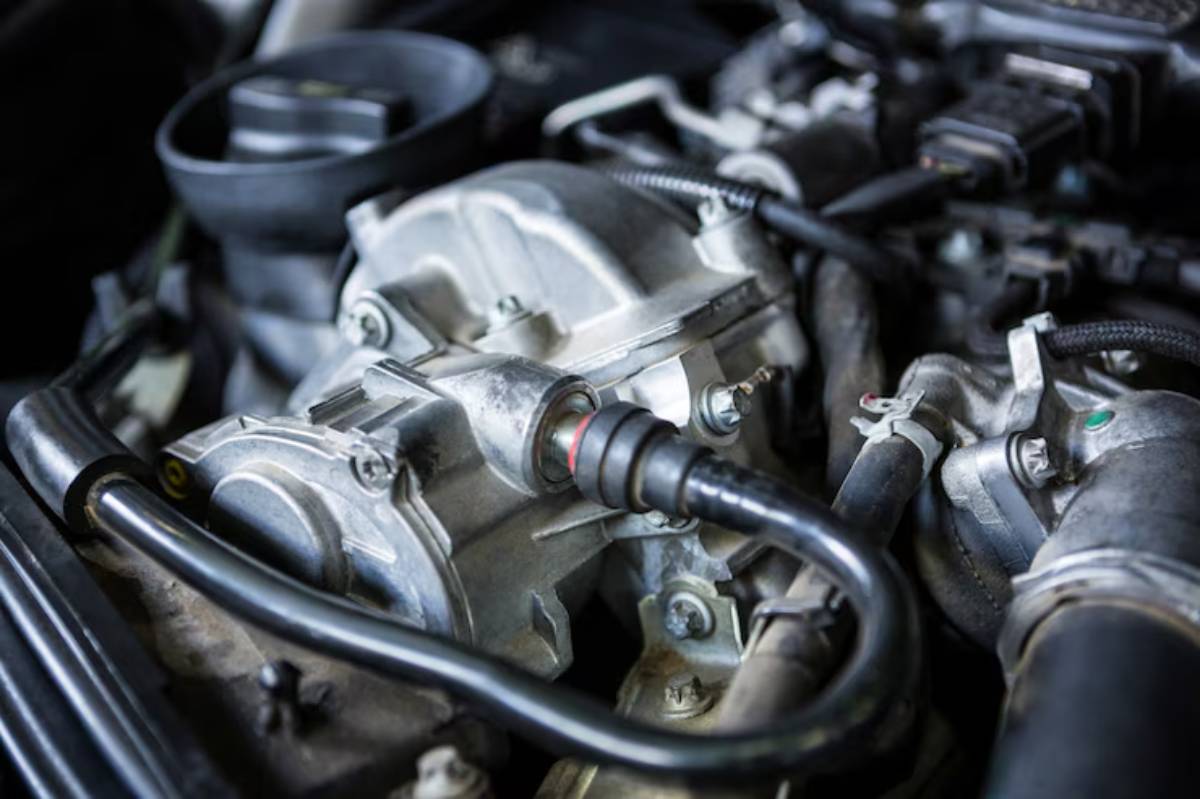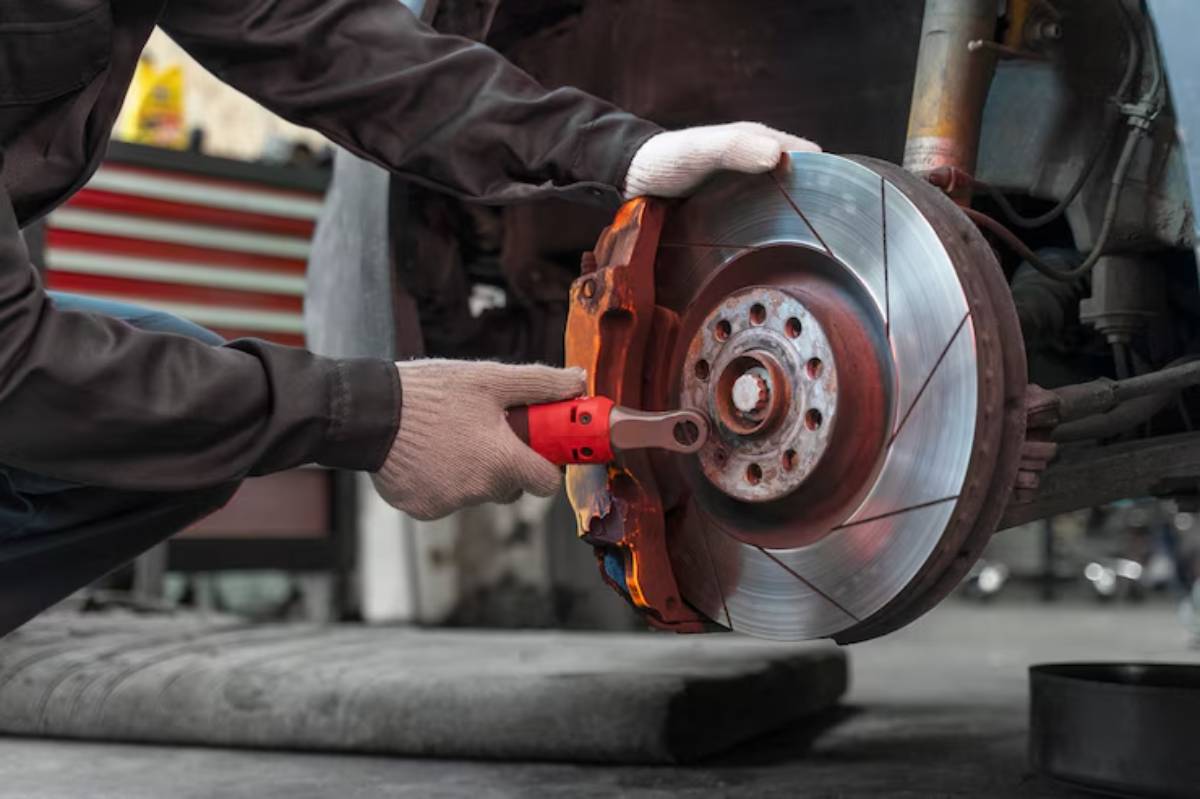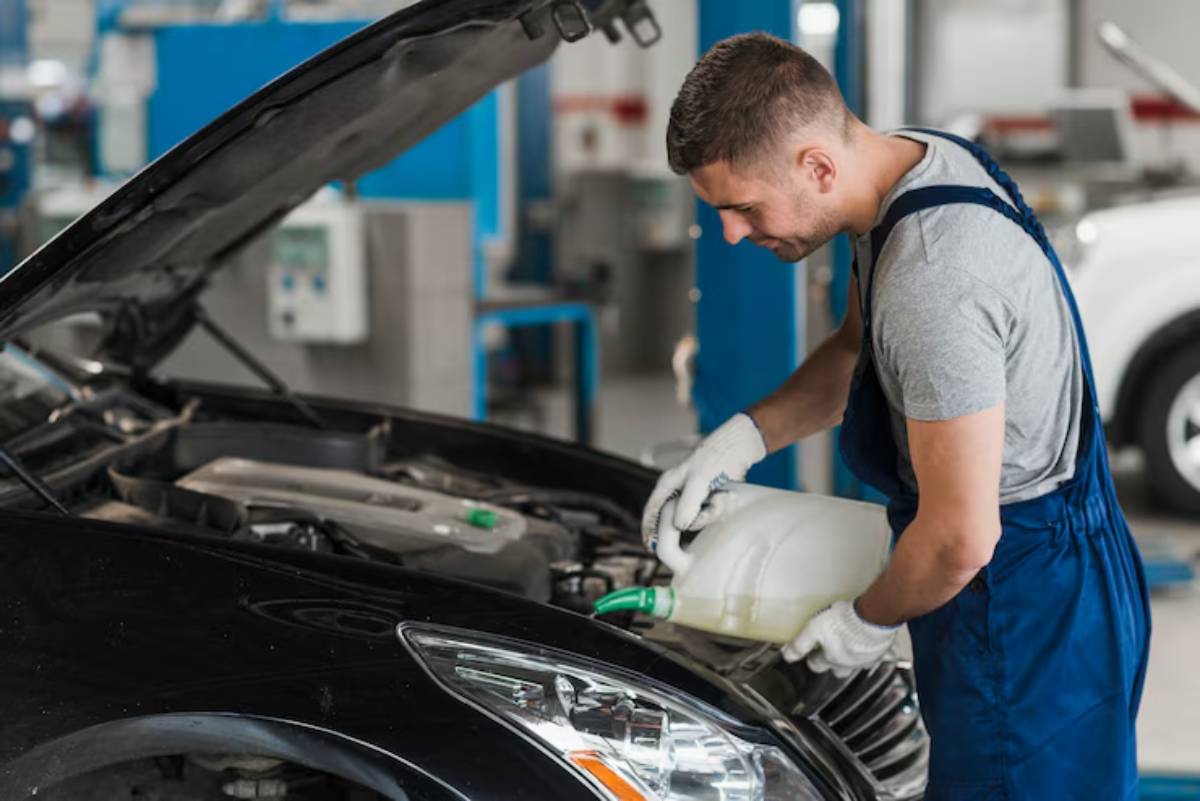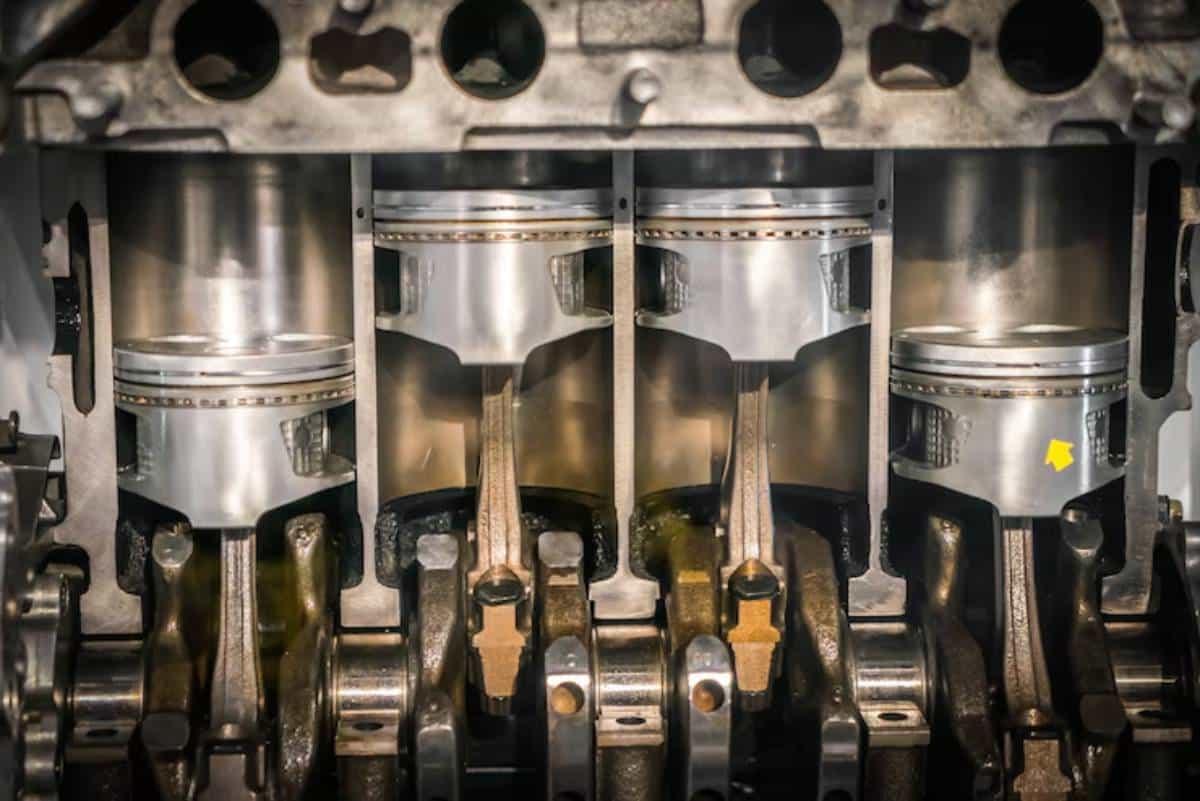
How to Extend the Life of a Hybrid Transmission
Hybrid cars are loved for their fuel efficiency, lower emissions, and seamless driving experience. But let’s not forget the heart of this modern motoring marvel—the transmission. Whether it’s an eCVT (electronic continuously variable transmission) or a dual-clutch setup, the hybrid transmission works overtime to juggle power from both the petrol engine and electric motor.
And just like any vital component, your hybrid’s transmission needs a little care to last the distance.
In this blog, we’ll break down how to increase hybrid transmission life, share simple yet effective hybrid transmission protection techniques, and explore how you can maximise CVT life expectancy. Whether you’re a proud Prius driver or behind the wheel of a Honda CR-V Hybrid, these tips are your roadmap to a smoother, longer-lasting ride.
Understanding Your Hybrid Transmission
What Makes a Hybrid Transmission Unique?
Hybrid transmissions don’t work like traditional gearboxes. Many hybrids — especially those from Toyota and Lexus — use an eCVT, a clever system with:
- Planetary gearsets
- Electric motor generators
- Software that balances electric and fuel power
Some others, like Hyundai’s Ioniq, use dual-clutch transmissions (DCTs) or automatic gearboxes adapted for hybrid systems.
No matter the type, hybrid transmissions are built for efficiency, not high-stress driving. That’s why thoughtful maintenance can go a long way.
1. Stick to Your Transmission Fluid Schedule
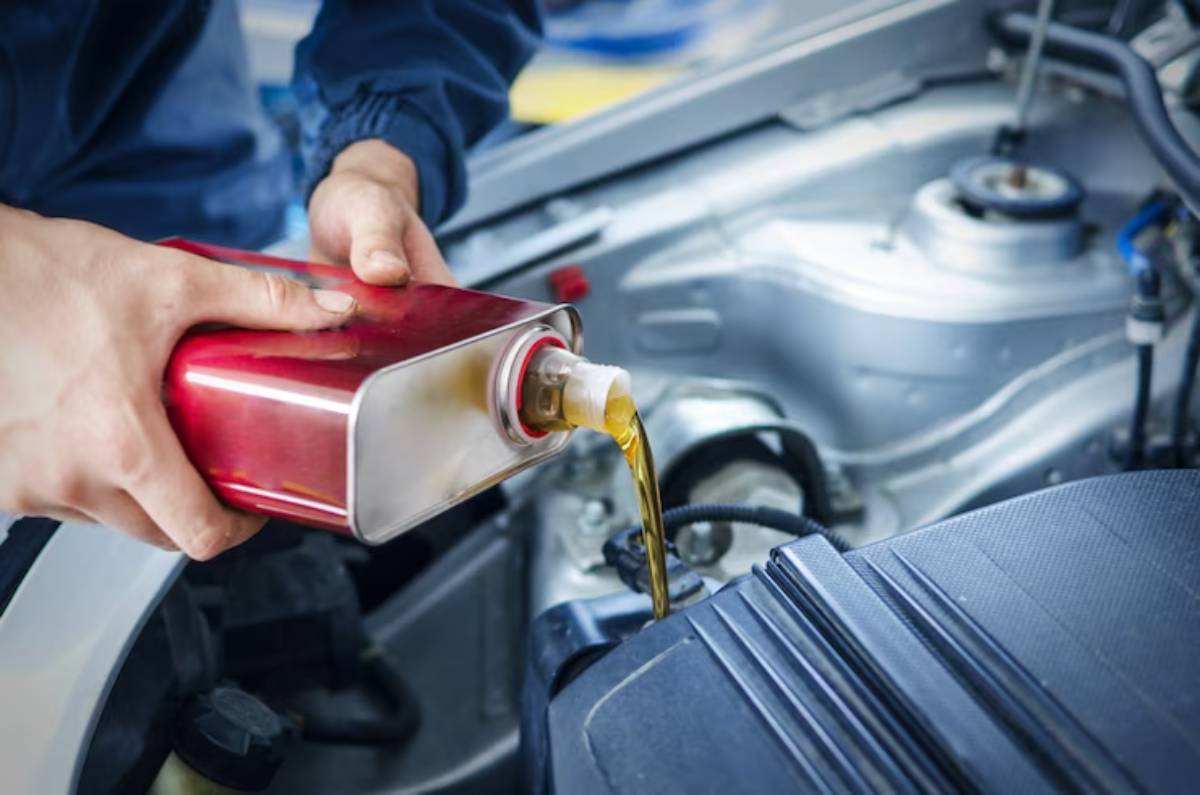
One crucial way to protect your hybrid transmission is to keep the fluid clean and topped up.
Why it matters:
- Fluid lubricates moving parts
- Helps control heat
- Removes metal particles and debris
- Maintains smooth shifting and system calibration
Tips:
- Change CVT fluid every 50,000–100,000 km, depending on your make/model
- Always use OEM-specified fluid (e.g., Toyota WS or Honda HCF-2)
- Don’t “top off” with a different type — mixing fluids can damage components
Want to learn more about hybrid-safe fluids? Read Best Brake Fluids for Hybrid Systems — it applies the same principles to other vital systems.
2. Drive Smoothly — Your Transmission Will Thank You
Your hybrid transmission thrives on gentle input. The smoother your driving habits, the longer your transmission will last.
Best practices:
- Avoid sudden acceleration or hard braking
- Use Eco mode to encourage balanced performance
- Let regenerative braking slow the car before engaging friction brakes
- Avoid aggressive lane switching or “jackrabbit” starts
Over time, erratic driving stresses belts, pulleys, clutches, and motor systems — all of which reduce your hybrid’s transmission life.
3. Mind the Heat: Keep It Cool
Heat is the enemy of transmission health. Whether you’re stuck in traffic or climbing a hill, rising temperatures can break down fluid and wear out components.
Steps to stay cool:
- Don’t idle for long periods on hot days
- Ensure your cooling fan and radiator are clean and functioning
- Consider adding a transmission cooler if you drive in extreme heat or tow regularly
- Park in shaded areas when possible
Even plug-in hybrids with separate transaxle coolers need attention to avoid overheating. Remember — the longer it stays cool, the longer it lasts.
4. Stay on Top of Software Updates

Hybrid transmissions are controlled by intelligent software. This software determines:
- When to engage the petrol engine
- How regenerative braking blends with hydraulic brakes
- When to switch drive modes
Why updates matter:
- Fix software bugs that cause gear hunting or hesitation
- Improve efficiency and heat management
- Ensure accurate diagnostics when issues arise
Ask your service centre if your hybrid needs a transmission control module (TCM) update during your next visit. It’s often free and can prevent major issues.
5. Monitor for Early Warning Signs
Catching a problem early is one of the easiest ways to extend CVT life expectancy.
Watch out for:
- Whining or humming noises during acceleration
- Sluggish shifting or delayed response
- Warning lights such as “Check Hybrid System”
- Jerking at low speeds
- Unusual surges in RPM without speed gain
If you notice these symptoms, don’t delay. Book a scan using a hybrid-compatible OBD-II tool, or visit a certified hybrid technician.
6. Don’t Skip Your Transmission Service Appointments
Routine maintenance is not optional — it’s vital.
What a proper service includes:
- Fluid inspection or replacement
- Filter cleaning or replacement (if applicable)
- Software diagnostics
- Mount and bushing checks
- Thermal system inspection (coolers, fans, fluid lines)
Hybrid systems are closely linked. A worn transmission mount can cause misalignment, affecting the electric motor and even the battery.
7. Use Drive Modes Wisely
Modern hybrids offer various drive modes, and each one has a purpose.
Here’s how to make the most of them:
- Eco Mode: Ideal for daily driving; keeps RPM low and maximises electric power
- Sport Mode: Use sparingly — it’s fun, but harder on the transmission
- EV Mode: Great for city driving at low speeds; reduces reliance on the CVT
- B Mode (Brake Mode): Helpful for engine braking downhill, but don’t use it constantly
Using the right mode in the right situation reduces unnecessary transmission load and wear.
8. Don’t Overload Your Hybrid
Yes, hybrids can tow and carry loads — but not as much as SUVs or trucks.
Why it matters:
- Excess weight causes the transmission to work harder
- Increases fluid temperature
- Accelerates internal wear
Tips:
- Check your car’s max load and towing capacity
- Avoid hauling heavy trailers unless designed for it
- Distribute weight evenly when packing for trips
Protecting your hybrid transmission sometimes means travelling lighter.
9. Choose the Right Tyres and Alignment

You might not think tyres and alignment affect your transmission, but they do.
How?
- Misalignment increases drag, forcing your CVT or gearbox to work harder
- Mismatched tyre sizes throw off speed sensors, confusing the control system
- Under-inflated tyres reduce rolling efficiency
What to do:
- Rotate tyres every 8,000–10,000 km
- Check pressure monthly
- Align wheels annually or when steering feels “off.”
Want to know how this affects overall hybrid performance? Read our article on Common Transmission Issues in Hybrid Vehicles.
10. Store Your Hybrid Correctly During Long Breaks
If your hybrid sits idle for weeks or months — say, during a long holiday — it can cause fluid separation or internal condensation in the transmission.
Storage tips:
- Run the engine and shift through gears at least once a week
- Keep the 12V and main battery charged
- Avoid storing on uneven surfaces for long periods
- If parked long-term, consider disconnecting the 12V battery
Preserving your hybrid’s transmission means looking after the whole vehicle, even when it’s not in use.
Conclusion: The Long Game for Your Hybrid Transmission
Your hybrid is built for efficiency, but it’s up to you to ensure it lasts. With smart driving habits, routine maintenance, and a keen eye (or ear) for unusual behaviour, you can significantly increase hybrid transmission life.
From keeping your CVT fluid fresh to using drive modes strategically, the little things really do add up. Every step you take towards proper hybrid transmission protection ensures a smoother ride, better performance, and fewer costly repairs down the road.
What can you do today?
- Check your service records for your last fluid change
- Start easing into smoother acceleration
- Ask your dealer about pending software updates
And if you’ve got tips of your own — or a hybrid transmission story to share — leave a comment below. Let’s keep this green movement running strong, one smart driver at a time.
